10 Zero-Waste Uses for Vinegar
If you think vinegar is just for pickling vegetables or for making homemade dressings, then prepare to be amazed by all the surprisingly wonderful things vinegar can do around the house.
Updated July 2 2019, 2:15 p.m. ET
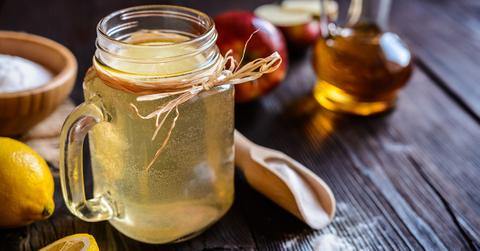
If you think vinegar is just for pickling vegetables or for making homemade dressings, then prepare to be amazed by all the surprisingly wonderful things vinegar can do around the house. Aside from fermenting kombucha, preserving ketchup, and offering hot sauce and mayonnaise a sweet kick, vinegar has many uses in the home.
Whether it’s white distilled or apple cider vinegar, this miracle solution can do a lot: clean the home, rid hair of yeast overgrowth, cut through grease, remove stains. Vinegar can even breathe a second life into wilting lettuce.
Keep reading to check out 10 zero-waste uses for vinegar around the house!
All-natural cleaning spray
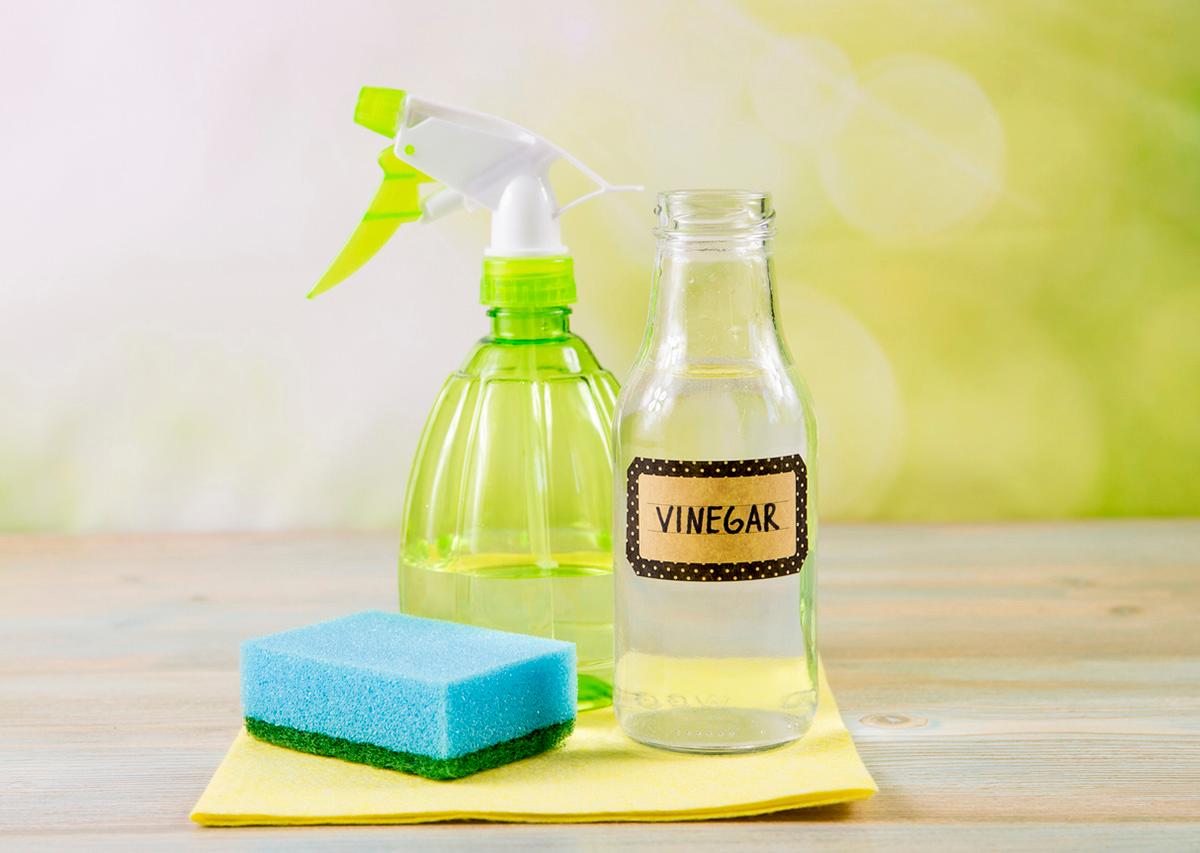
Both vinegar and citrus peels contain the acidity and grease-cutting capabilities that make for an unstoppable cleaning force. Together they can dissolve soap scum and other yucky build-ups. While white vinegar is sometimes too hard for certain surfaces — like granite, marble, stone, hardwood floors, and cast iron pans — it is generally effective at cleaning windows, mirrors, glass, drains, garbage disposals, bathroom steel fixtures that suffer from mineral deposits, hard water build-up, and soap scum, laminate, ceramic tile, appliances like ovens, refrigerators, microwaves, and dishwashers, and stainless steel.
To make the all-natural cleaner, add citrus peels to jar (can be lemon or orange peels). Fill the jar to the top with white vinegar. Let the mixture sit for two weeks before straining out the peels and diluting 1:1 with water.
Liven up leafy greens
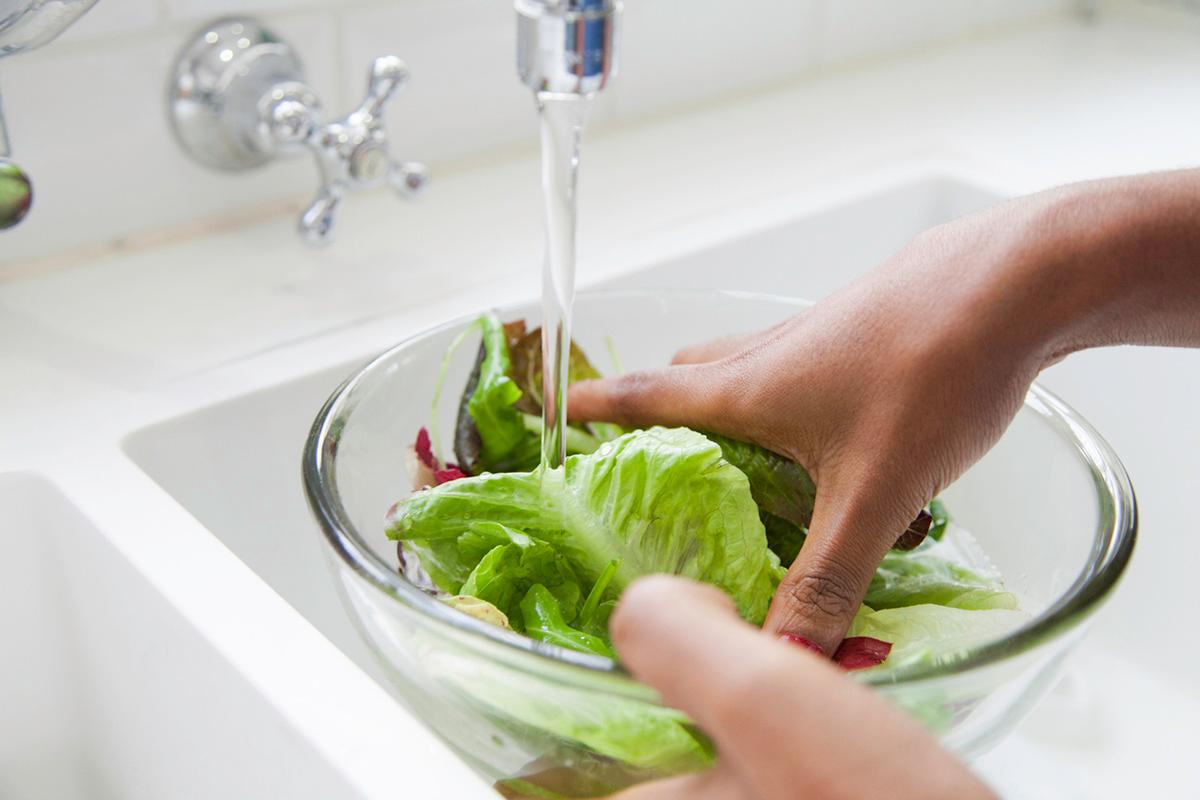
This one’s pretty cool; vinegar actually has the ability to perk up wilting leafy greens. If you have some lettuce in the fridge that seems on the verge of going bad, toss them in a mixture of cold water and white vinegar. It will liven the greens up a bit, giving them a few extra days of life. Wondering why it works? The acidity of vinegar encourages cell turnover in the limp lettuce, therefore causing an increase of water absorption. You also might want to cut off any far-gone, browned parts of the lettuce before bathing it in the water-vinegar mixture.
Wash dishes
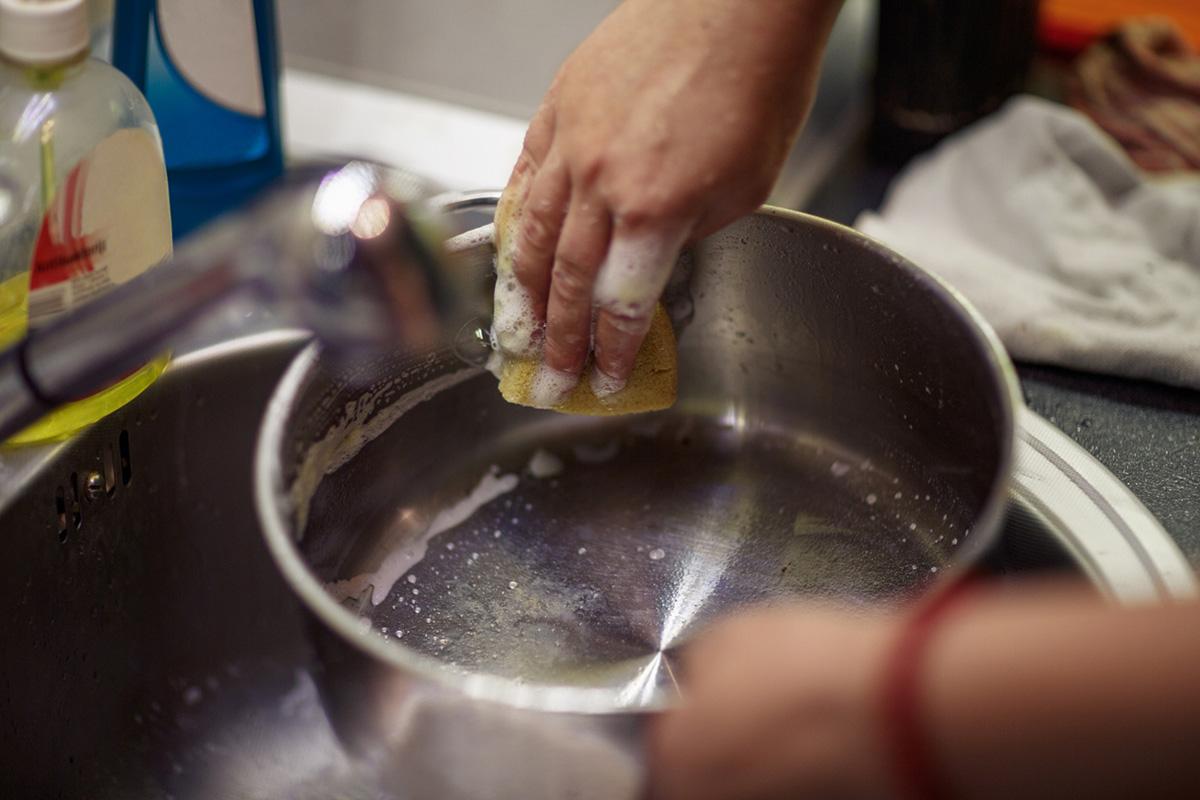
Vinegar cuts through grease in all-natural way that not even dish soap sometimes can. To wash dishes, you can use either white or apple cider vinegar. Both of the same grease-cutting effect.
Add three to four teaspoons of vinegar to your normal dish detergent for optimal results. For glassware, use a ratio of 1 part vinegar to 3 parts water; let the glassware air dry. For particularly greasy pans, boil two to three cups vinegar in the pan; it will restore the pan’s original non-stick quality.
Laundry

The average American runs anywhere from four to five loads of laundry per week. Using vinegar as an all-natural fabric softener can help ease the carbon footprint of those many necessary loads of wash.
Vinegar acts as a double agent when it’s used in laundry; not only is it a powerful deodorizer, but it also functions as a gentle and non-toxic fabric softener. To use vinegar in your wash, pour half a cup of distilled white vinegar into the machine in place of conventional detergent. To use vinegar as a fabric softener, pour 1 cup of vinegar into the washing machine during the final rinse cycle.
Pre-treat stains
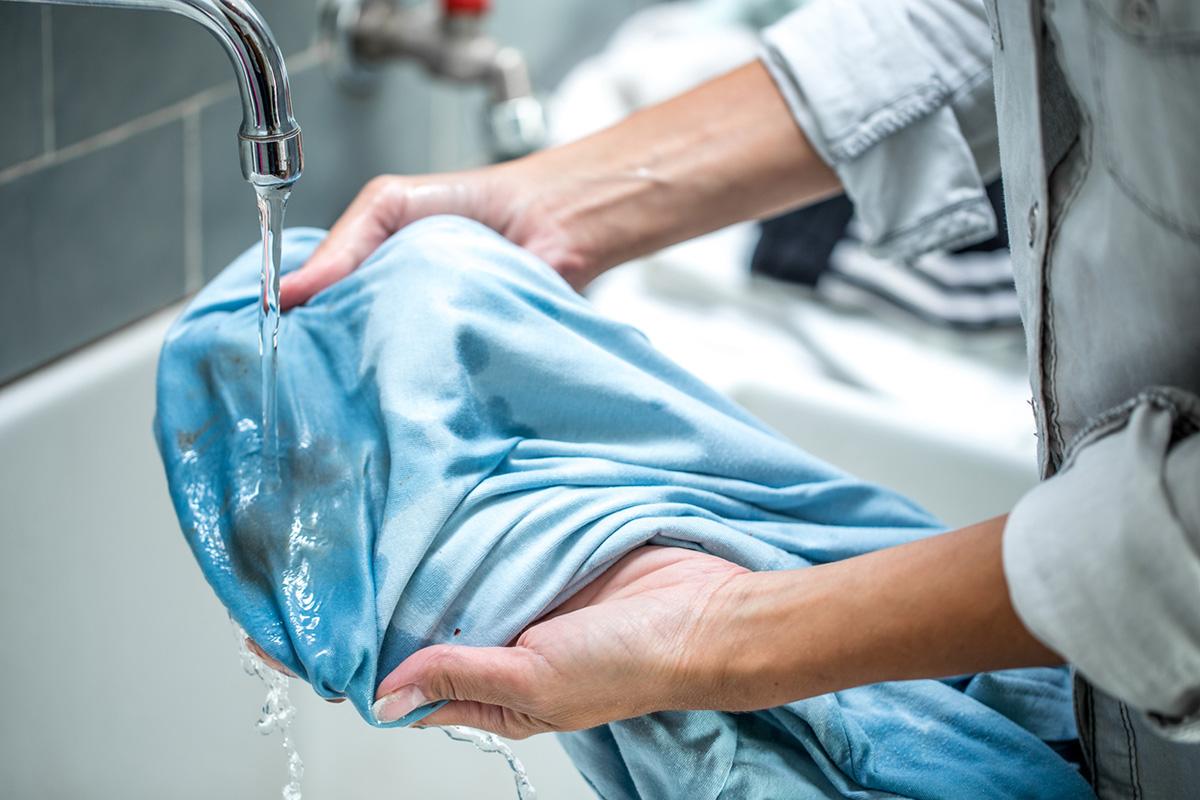
Vinegar doesn’t just do wonders in the wash; it’s also beneficial for pre-treating stains. Dilute one-half cup of vinegar in a gallon of water and apply the mixture directly to the stain with a clean cloth. Then, wash.
White vinegar is exceptional at whitening and brightening your clothes, but also removing yellow underarm stains from perspiration (as well as odor), and also mildew stains. When added to baking soda to make a type of paste, vinegar can also dissolve red wine stains. It also is handy for deodorizing and removing cat or dog urine stains out of carpets and removing grass stains.
Train cats
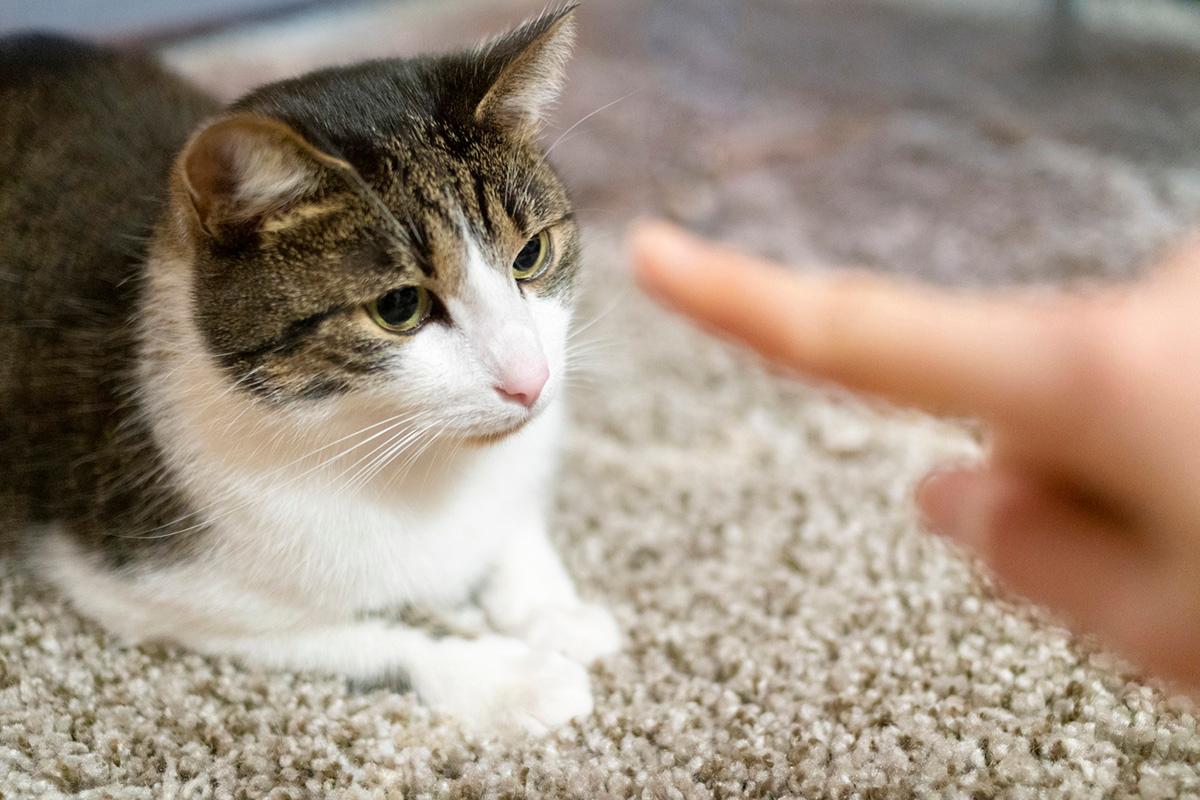
Say what?! Cats loathe the smell of vinegar, so vinegar spray can be super effective in dissuading cats from clawing or climbing on furniture. Vinegar can be especially effective for cats who “mark their territory” in territory other than a litter box. Spray the marked area with vinegar to rid the smell and prevent future accidents.
Remove water stains from wood
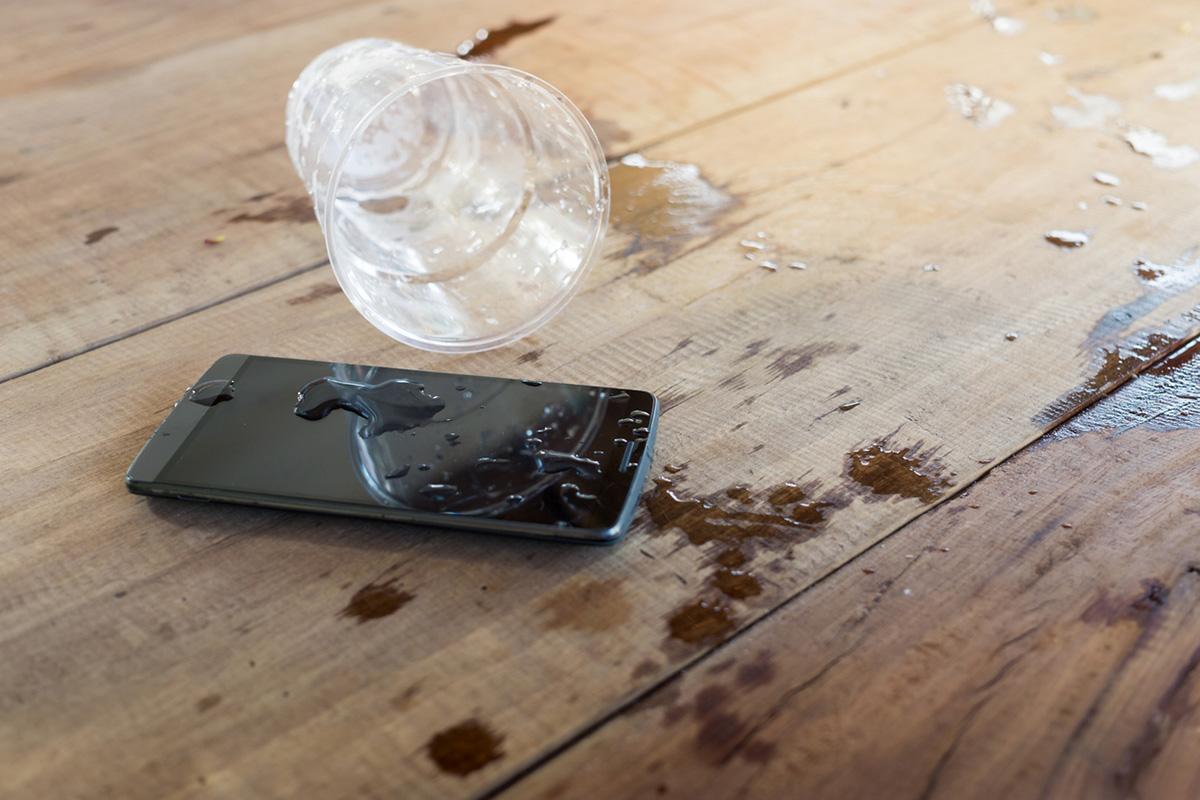
For those frustrating times when you or a guest forgets to use a coaster, vinegar can help. It actually rids wooden furniture of that annoying water ring. All you have to do is take a mixture of equal parts vinegar and vegetable oil and rub it on the stained surface, going with the grain.
Defrost your car in winter
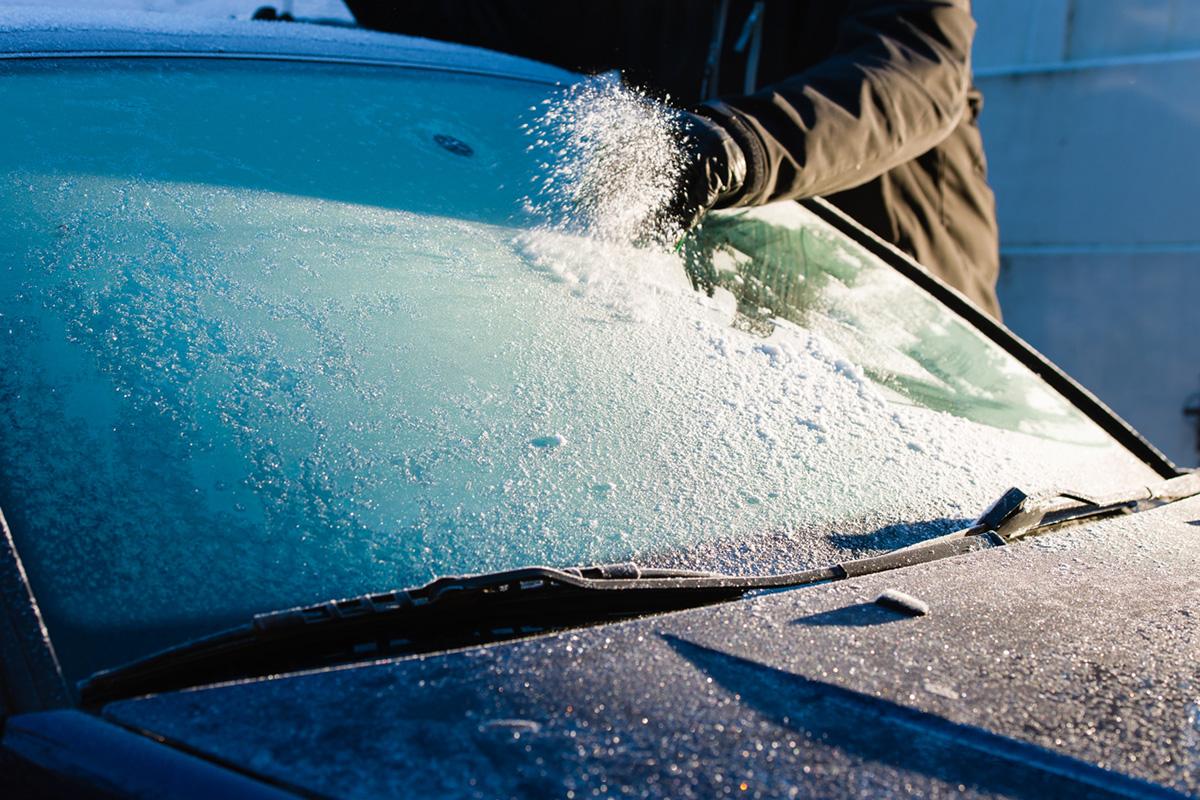
The acidity of vinegar allows it to melt ice more quickly. The acetic acid in vinegar lowers the melting point, but sometimes it’s best to use vinegar as a preventative measure to defrosting car windows. Spray a mixture of apple cider vinegar and water on your car windows the night before snow or freezing temperatures are expected. The acidity prevents the ice from forming in the first place.
Use as Goo-Gone alternative
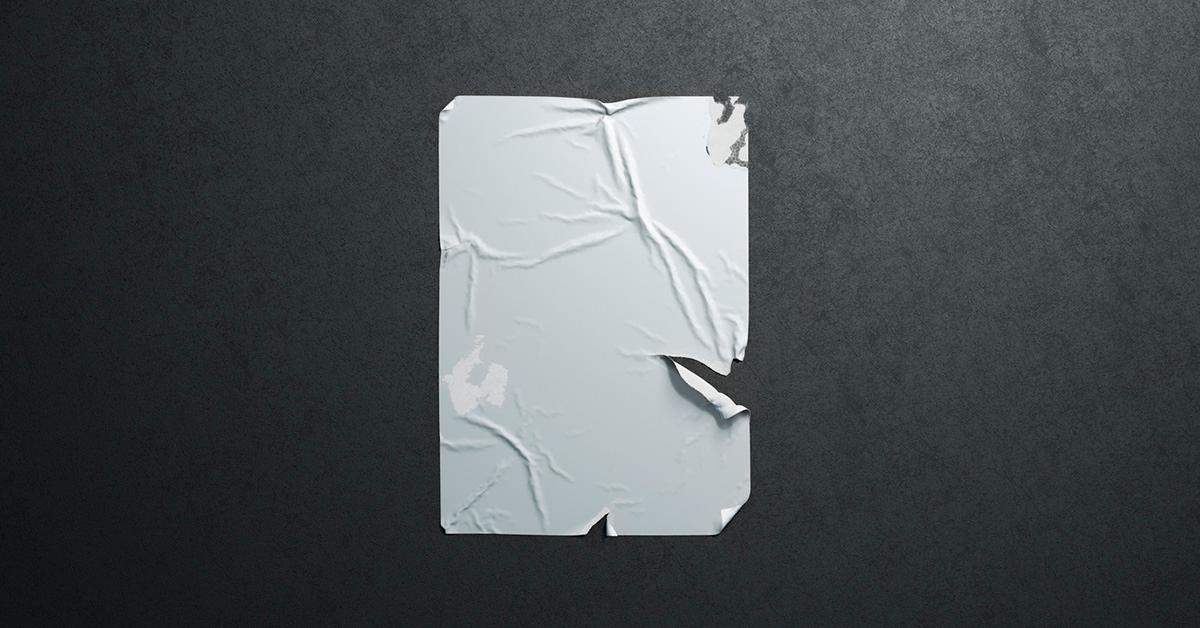
Who needs Goo-Gone when you have a gallon of household vinegar at your disposal? The acetic acid in vinegar is strong enough to cut through the sticky mess that things like bumper stickers, labels, and stickers leave behind.
Saturate a paper towel in white vinegar, then place the towel over the adhesive for up to five minutes. Pull up one corner of the sticker — no razor blade required. Instead, you could use a spatula or even a credit card to peel it back. Leftover adhesive residue? Take a clean cloth saturated in white vinegar and rub the affected area.
Keep flowers fresh
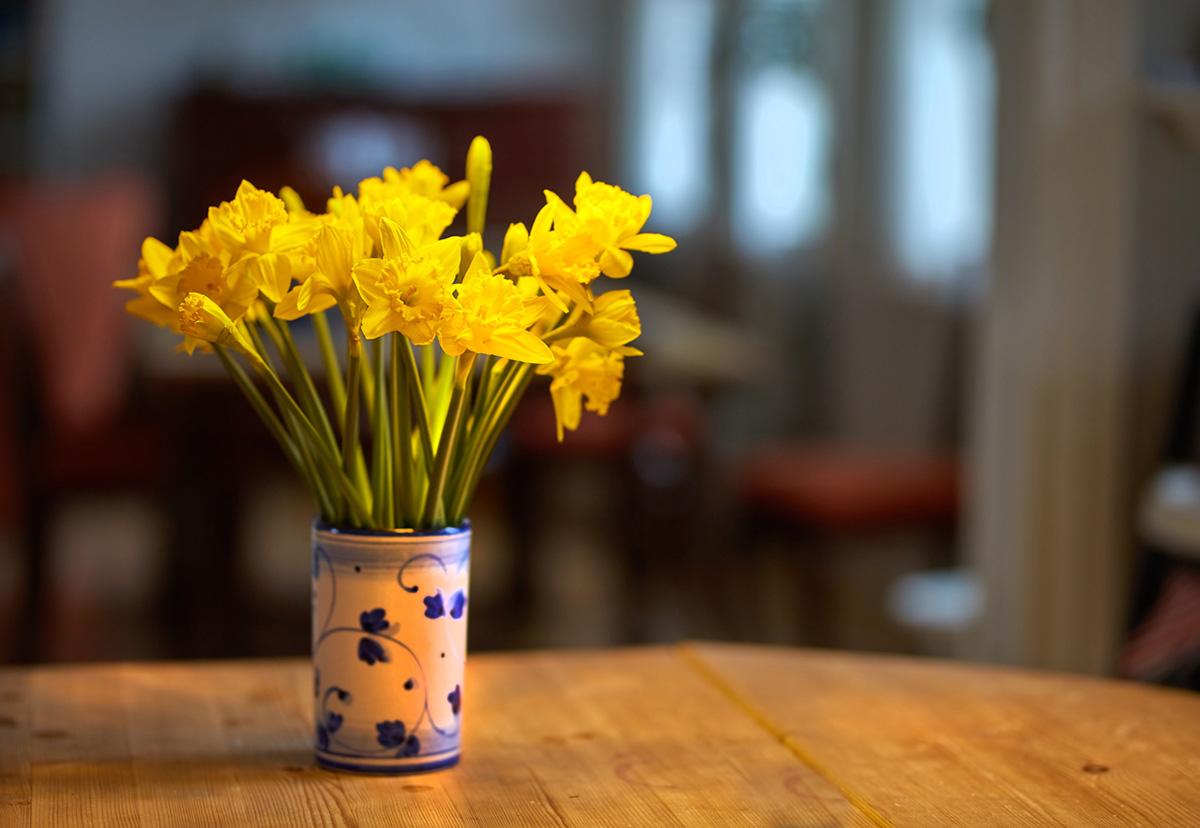
Who knew the key to keeping fresh cut flowers alive was actually vinegar? It acts as a natural preservative when added to a vase, adding to the life of a cut flower. Dissolve three tablespoons of sugar and two tablespoons of apple cider vinegar per quart of warm water. The stems should be covered with three to four inches of the mixture for optimal results.